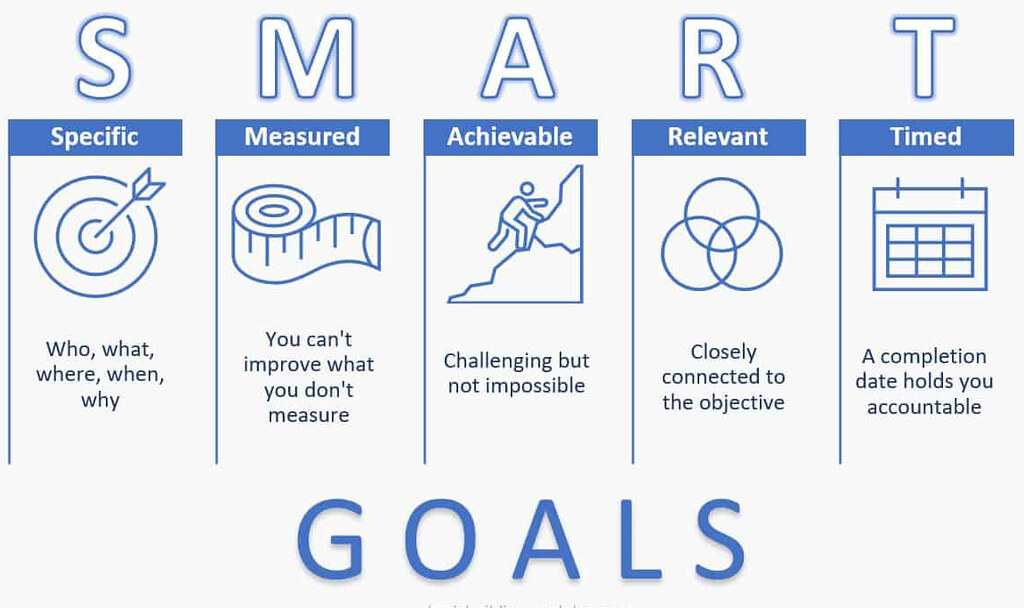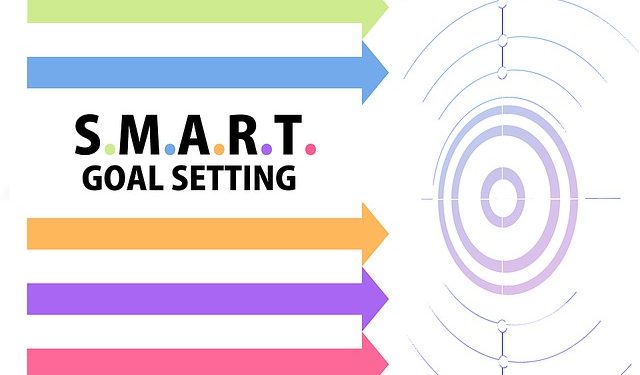Saying you want to learn is like saying you want to travel. How can you expect to reach your destination if you haven’t even decided where you’re going? Preparation, anticipation, and a road map are essential; for education, this map takes the form of well-planned objectives. Welcome to a learning odyssey where destination is knowledge and your milestones are SMART goals. These Specific, Measurable, Achievable, Relevant, and Time-bound goals will not only refine your educational pursuit but make the voyage towards self-improvement much more engaging and incentive-driven. Now, tighten your learning belts as we prepare to delve into the stimulating world of structured learning by setting SMART goals. The ability to learn, adapt, and implement new knowledge and skills fast is an essential trait for anyone wanting to thrive in the 21st-century world. The key to achieving this accelerated pace of learning is to deploy a targeted approach – setting clear, attainable learning objectives. For years, the SMART framework has been the go-to goal-setting tool for setting powerful, result-oriented learning goals.
SMART – an acronym for Specific, Measurable, Achievable, Relevant, and Time-bound, is a reliable structure that, when applied correctly, can significantly accelerate your learning curve. Building SMART learning goals involves crafting detailed, precise aims (Specific) that can be tracked and evaluated for effectiveness (Measurable). They should be within your ability to attain (Achievable), pertinent to your long-term objectives (Relevant), and have a time limit that motivates you to push forward (Time-bound). This framework ensures your learning plans are not just wishful thinking but achievable learning strategies.
- For example, instead of a vague goal of “improving my coding skills”, a SMART goal would be “To complete 10 Python programming exercises from CodeAcademy each week, for the next two months, to enhance my programming knowledge.”
- Instead of “learning Spanish”, a SMART learning goal would be “To achieve B1 level proficiency in Spanish language by working on Duolingo for 30 minutes daily for the next six months.”
In conclusion, by integrating the SMART framework into your learning plan, you not only make your goals more clear and realistic, but you also provide yourself with a map to guide you to your endpoint. You will know precisely what you need to do and the expected timeline, therefore maximizing your learning potential and ensuring that your educational pursuits are not unfocused or arbitrary. And so we conclude our exploration into crafting SMART goals for your learning journey. Remember, these wisdom-soaked words we explored don’t hold any power without an inquisitive mind and a motivated spirit ready to apply them. Be specific, measure your progress, ensure your goals are attainable and relevant, and tie them within a time-frame. Embark on this adventure with determination in one hand and adaptability in the other. Watch as your goals unravel into tangible successes, illuminating your path towards lifelong learning. So wander no longer in the wilderness of vague ambitions; step into the realm of SMART goals and tell us your tales of triumph. Remember, your learning journey, your story, is only as captivating as the goals you set. Set SMART, aim high, and keep learning!





